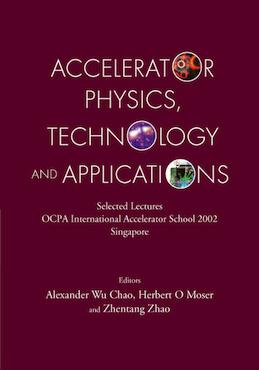
- Description
-
Originally invented for generating the first artificial nuclear reactions, particle accelerators have undergone, during the past 80 years, a fascinating development that is an impressive example of the inventiveness and perseverance of scientists and engineers. Since the early 1980s, accelerator science and technology has been booming. Today, accelerators are the prime tool for high energy physics to probe the structure of matter to an unknown depth. They are also, as synchrotron radiation sources, the most versatile tool for characterizing materials and processes and for producing micro- and nanostructured devices. The determination of the structure of large biomolecules is presently among the best examples of the application of synchrotron radiation.
Finally, accelerators have grown more and more important for medicine, which is relying on them for advanced cancer therapy and radio-surgery. And there are more applications, including the generation of neutrons for materials science, the transmutation of nuclear waste with simultaneous production of electrical power, the sterilization of medical supplies and of foodstuff, and the inspection of trucks by customs or security services.
This book is meant to provide basic training in modern accelerators for students, teachers, and interested scientists and engineers working in other fields. It is a result of the 3rd International Accelerator School, held in 2002 in Singapore under the auspices of the Overseas Chinese Physics Association (OCPA). Reputable experts, including a recent prize-winner, cover the field of cyclic and linear accelerators from the basic theoretical tools to forefront developments such as the X-ray free electron laser or the latest proton therapy facilities under construction.
Cover Type: Hardcover
Page Count: 640
Year Published: 2004
Language: English
